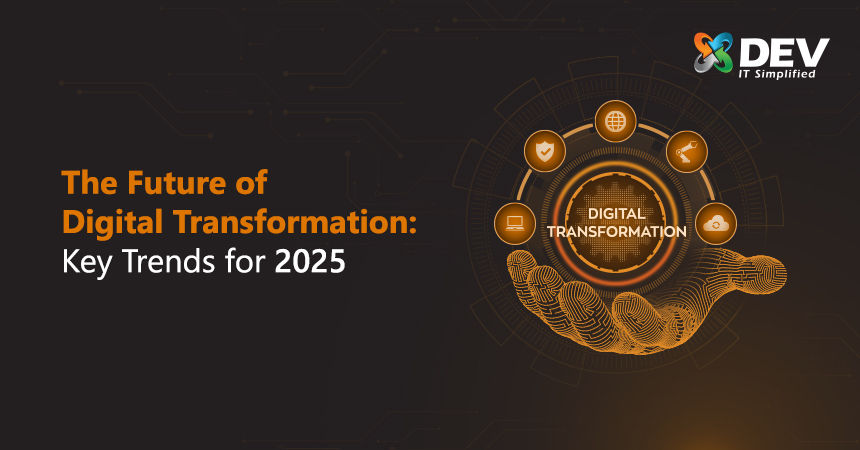Navigating Application Modernization: Strategies, Planning, and Best Practices
- iamdevpatel58
- Sep 6, 2024
- 3 min read

Don’t Let Your Apps Become Fossils: A Guide to Application Modernization
Let’s face it—technology moves fast. Apps that were cutting-edge a few years ago might feel like relics from a bygone era today. Maybe your apps are slow, buggy, or frustrating because the GUI is no longer modern and user-friendly. Or perhaps they’re struggling to keep up with the ever-evolving security landscape.
If this sounds familiar, you’re not alone. Many businesses struggle with a collection of legacy applications – those trusty (or maybe not-so-trusty) programs that have been around for years but are starting to show their age.
But here’s the good news: there’s a solution! Application Modernization is giving outdated apps a much-needed makeover. It’s like giving your favorite old car a complete engine overhaul and a sleek new paint job.
Now, application modernization might sound daunting, but don’t worry! This guide will be your trusty compass, helping you navigate this exciting journey. We’ll explore strategies, planning tips, and best practices to transform your legacy applications into modern marvels.
Charting Your Course: Modernization Strategies for the Win!
efore we dive headfirst into the code, let’s take a moment to strategize. There are several approaches to application modernization, and the best one for you will depend on your specific needs and resources. Here are some popular options to consider, with more details to help you decide:
Lift and Shift (Rehosting): This is a quick and straightforward approach where you essentially move your legacy application “as-is” to a new platform, like the cloud. It’s a good option if:
You need a speedy update with minimal disruption.
Your application is relatively simple and self-contained.
You have limited resources for a complete overhaul.
Refactoring: Consider this as giving your app a spring cleaning and reorganization. The core functionality remains the same, but the code is rewritten to be more efficient, modular, and easier to maintain. This is a good option if:
Your application’s codebase is messy or difficult to understand.
You want to improve the performance and maintainability of your application.
You don’t need to overhaul the application’s architecture completely.
Re-platforming: This involves moving your application to a new technology stack. This could be a good option if:
The original platform is no longer supported or has security vulnerabilities.
You want to take advantage of the benefits of a modern framework, such as improved scalability, security, and development tools.
You’re willing to invest the time and resources required for a more significant change.
Microservices Architecture: This approach involves breaking your application into more minor, independent services. This makes your app more scalable, flexible, and easier to maintain. This is a good option if:
Your application is complex and monolithic (all-in-one).
You need to be able to deploy and scale individual parts of your application independently.
You have a team with the skills and experience to develop and manage microservices.
Strangle the Legacy: This method involves gradually replacing parts of your legacy application with new, modernized components. It’s a good option if:
You want to minimize disruption to your users.
You have a large and complex legacy application.
You can identify clear boundaries between the legacy and modern components.
Planning Your Application Modernization Expedition: Essential Steps
With our strategy in place, let’s get down to the nitty-gritty of planning. Here are some critical steps to ensure your application modernization journey is a smooth sail:
Assess Your Applications: The first step is to understand what you’re working with. Identify your existing applications’ strengths, weaknesses, and dependencies. Here’s a breakdown of what to consider for a thorough assessment:
Functionality: What does the application do? Is it core to your business operations?
Technology Stack: What programming languages, frameworks, and databases are used? Are they still supported?
Performance: How well does the application perform? Is it slow, buggy, or resource-intensive?
Security: Is the application secure? Does it have known vulnerabilities?
Maintainability: How easy is it to maintain and update the application?
Dependencies: Does the application rely on other applications or systems?
User Base: How many users rely on the application?
Define Your Goals: What do you hope to achieve with modernization? Do you want to improve performance, enhance security, increase agility, or all the above? Clear goals will help you determine the best approach and measure your success. Here are some specific goals you might consider:
Improve application performance and responsiveness.
Enhance application security and compliance.
Increase scalability to accommodate future growth.
Reduce maintenance costs and improve development efficiency.
Deliver a better user experience.
Read More: Application Modernization Guide







Comments